- Home
- About Us
- Products
-
Heat-Pump Dehumidifier DeAir
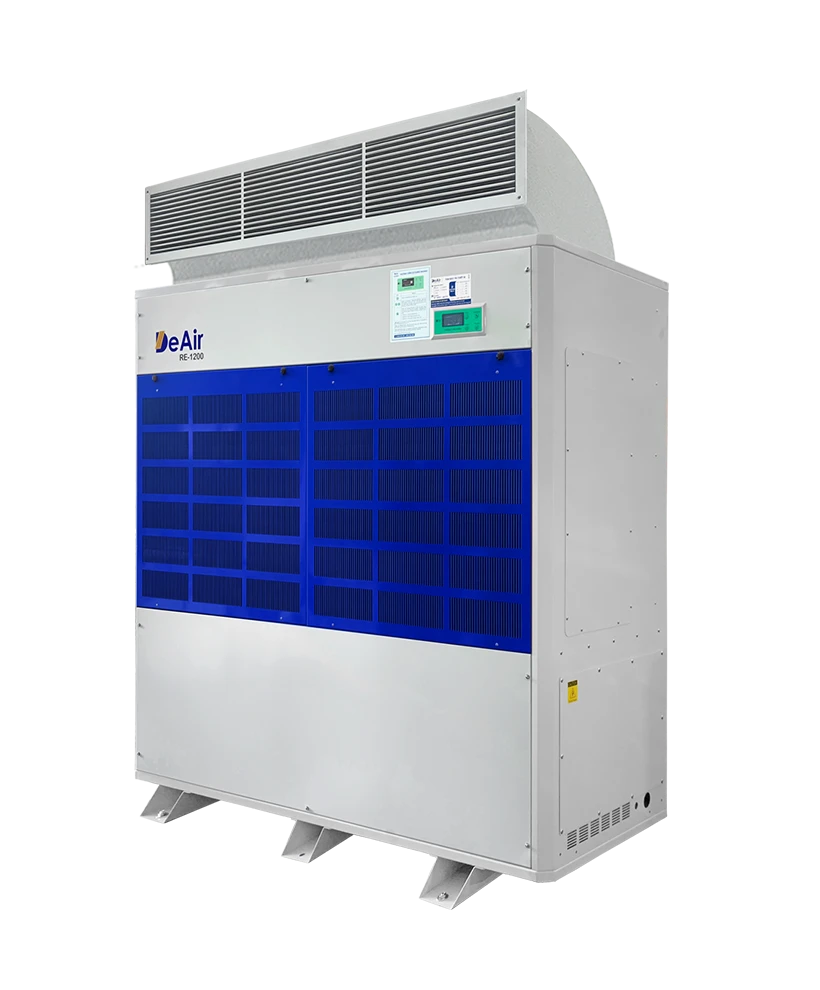 DeAir.RE
DeAir.RE -
Heat-Pump Dryer DeAir.RE-H
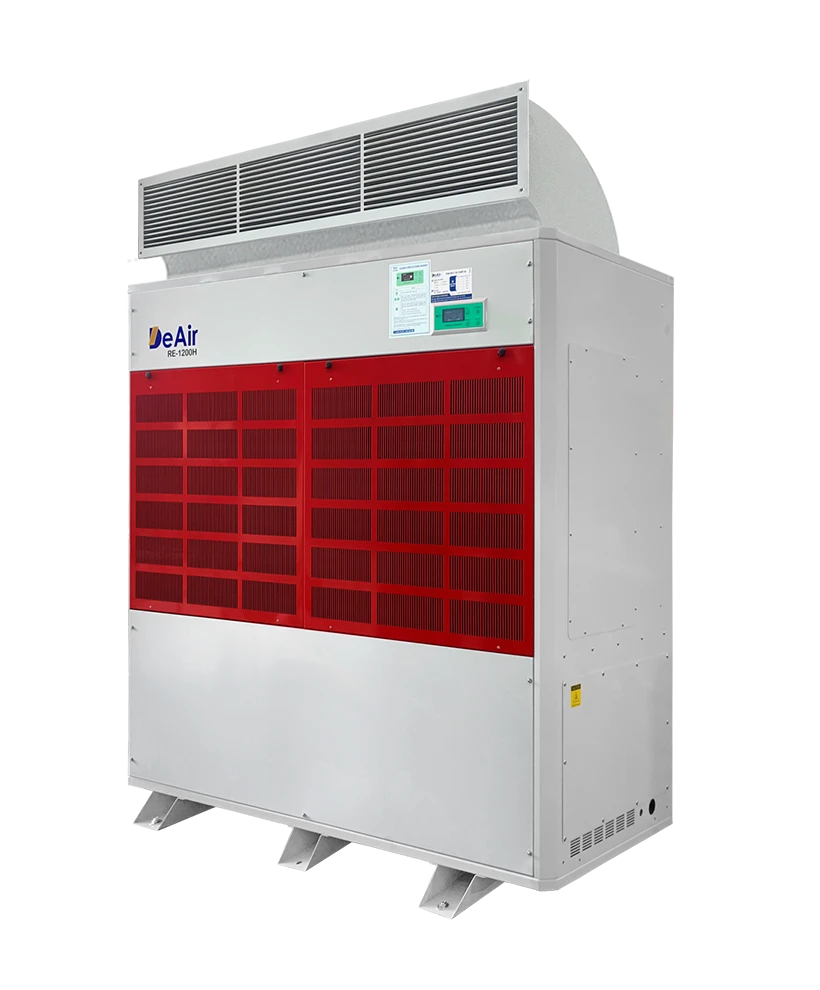 DeAir.RE-H
DeAir.RE-H -
Heat-Pump Stainless Steel Dehumidifier
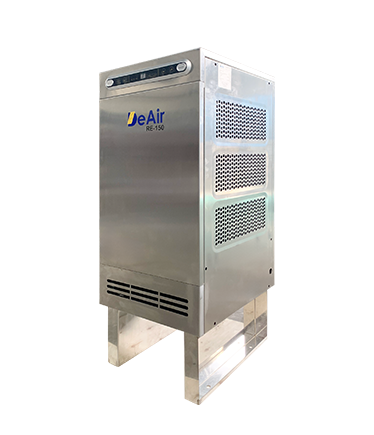 DeAir.RE-INOX
DeAir.RE-INOX -
Heat-Pump Isothermal Dehumidifier DeAir.CRE
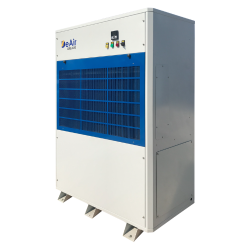 DeAir.CRE
DeAir.CRE -
Dezenno Dehumidifier
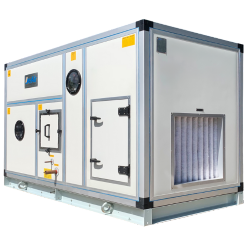 Dezenno
Dezenno -
Heat-Pump Ceiling Mounted Dehumidifier DeAir
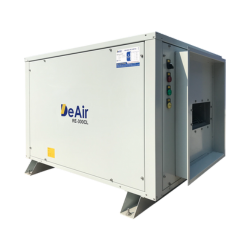 DeAir.RE-CL
DeAir.RE-CL -
Dehumidifier Olmas
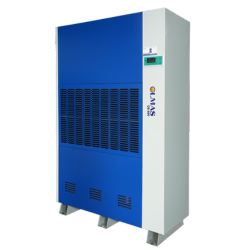 Olmas-OS
Olmas-OS -
Industrial Humidifier DeAir
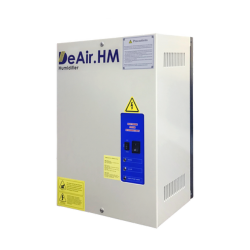 DeAir.HM
DeAir.HM -
Heat-Pump Dryer Daxwell
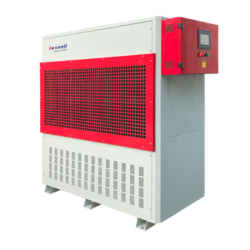 Daxwell
Daxwell -
Electric Duct Heater DeAir
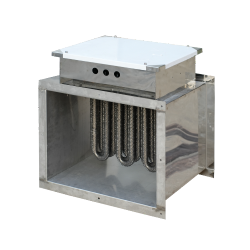 DeAir.Heat
DeAir.Heat -
Air Handling Unit Dezenno.MAX
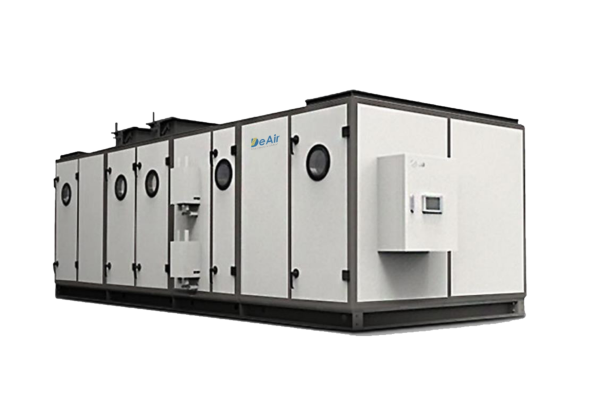 AHU
AHU
-
- Services
- Projects
- Warranty – Maintenance
- News
- Contact
A-Z Guide to Seafood Cold Storage Design: Optimizing Temperature & Humidity with DeAir
08/09/2025

Why is Proper Seafood Cold Storage Design a Matter of Survival?
For Vietnam's seafood industry, conquering demanding export markets like the EU, Japan, and the United States depends not only on the quality of the source but also heavily on the post-harvest preservation process. A properly designed cold storage system is a critical survival factor, determining whether the product retains its freshness, nutritional value, and meets international food safety standards.
The 4 "Silent Enemies" of Seafood in Cold Storage
❄️
Freezer Burn
Changes in protein structure due to surface dehydration, causing the product to become dry, tough, discolored, and lose its natural flavor.
🦠
Microorganisms
Even at low temperatures, some cold-tolerant microorganisms can still grow if humidity is not strictly controlled.
📉
Weight Loss
Air circulation inside the storage can cause the product to lose moisture, leading to weight loss and direct economic losses.
🧊
Coil Frosting
Frost buildup reduces heat exchange efficiency, increases energy consumption, and requires frequent system shutdowns for defrosting.
Phase 1: Foundational Elements of Cold Storage Design
Before diving into advanced solutions, building a solid foundation for the cold storage is a prerequisite.
1. Determining the Ideal Storage Temperature
Temperature is the first factor to consider. Each type of seafood and preservation state has its own optimal temperature range:
| Seafood Type | Chilled Storage | Frozen Storage |
|---|---|---|
| Fish (Whole/Fillet) | 0°C to 2°C | -18°C to -25°C |
| Shrimp, Crab | -1°C to 1°C | -20°C to -30°C |
| Squid, Octopus | -1°C to 2°C | -18°C to -22°C |
2. Selecting Construction & Insulation Materials
The walls, ceiling, and floor must be constructed with high-density insulated panels (usually PU/PIR) to prevent heat ingress. The floor, in particular, requires thorough waterproofing and insulation to avoid ground frost heave, which can damage the structure.
3. The Cooling System
The cooling system, including the compressor and evaporator coils, must be accurately sized based on the storage volume, product load, and ambient temperature to ensure rapid cooling and stable temperature maintenance.
Phase 2: The "Heart" of Cold Storage - Humidity & Air Quality Control with DeAir
Temperature is only half the story. In a low-temperature environment, air humidity is the root cause of the most serious problems. This is where DeAir's specialized solutions play an irreplaceable role. High humidity not only causes frost but is also the main reason for condensation in cold storage, leading to numerous complications.
The Ultimate Frost Prevention Solution: Dezenno Rotor Dehumidifier
When humid air enters the cold storage and comes into contact with the evaporator coils, the water vapor instantly freezes, forming a thick layer of frost that impedes heat exchange. The optimal solution for this problem is to use a Dezenno Rotor Dehumidifier to treat the air before it enters the storage area.
Performance Comparison: With vs. Without a Rotor Dehumidifier
❌ WITHOUT DEHUMIDIFIER
Thick frost on coils → Cooling efficiency drops by 30% → Energy consumption spikes → Frequent defrost cycles required → Temperature fluctuations affect product.
✅ WITH DEZENNO DEHUMIDIFIER
Dry air is supplied → Frost formation is prevented → Coils operate at peak efficiency → Energy is saved → Defrost cycles are extended → Product quality remains stable.
The Comprehensive Air Quality Solution: AHU Dezenno.MAX
For factories with processing and packaging areas connected to the cold storage, comprehensive air quality control is mandatory to ensure food safety. The AHU Dezenno.MAX system is the all-in-one solution:
- Synchronized Control: Precisely manages both temperature and humidity.
- Air Purification: Integrates G4, F8, and HEPA filters to remove dust and microorganisms, ensuring hygiene.
- Positive Pressurization: Prevents contaminated air and insects from entering from outside.
- Ventilation & Fresh Air Supply: Ensures a clean and safe working environment for employees.
The combination of a rotor dehumidifier and an AHU is the foundation for a comprehensive HVAC solution for seafood factories.
The 4-Step Consultation & Design Process with DeAir
Our Professional Partnership Process
🔍
1. Survey & Analysis
Understanding requirements, conducting site surveys, and analyzing product and factory scale.
📐
2. Design & Solution Proposal
Calculating heat and moisture loads, selecting the most suitable DeAir & Dezenno equipment.
🛠️
3. Installation & Handover
Professional installation, ensuring the highest technical standards are met.
🛡️
4. Warranty & Maintenance
Partnering with your business with ISO 9001:2015 certified technical services.
CONTACT US FOR A CONSULTATION AND QUOTE
DeAir's team of experts is ready to conduct a site survey and provide the most optimal and cost-effective humidity control solution for your needs.
DEAIR JOINT STOCK COMPANY
Email: operation@deair.com.vn
Hotline: 0925 977 579 (Ms. Tam) | 0914 205 850 (Ms. Hoa)
Website: deair.com.vn
Sign up for news from DeAir
Related news






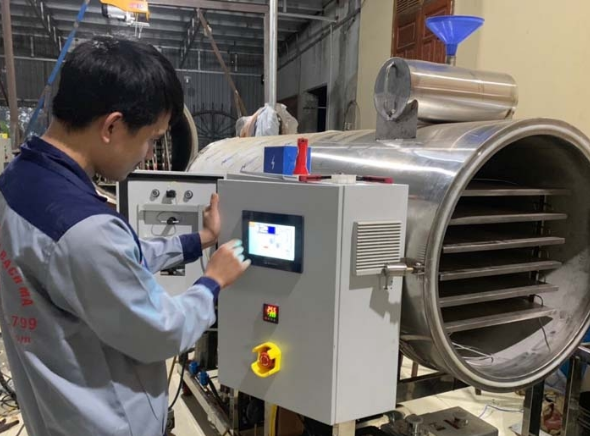


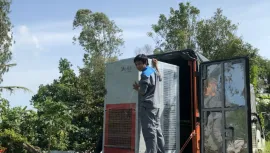
![[Case Study] DeAir Installs DeAir.De Rotor Humidity Control System for Pharmaceutical Plant in Binh Duong [Case Study] DeAir Installs DeAir.De Rotor Humidity Control System for Pharmaceutical Plant in Binh Duong](https://deair.com.vn/thumbs/news/2023_04/ban_giao_may_cho_duoc_bd/[270x153-cr]image1-1024x772.jpg__cv.webp)
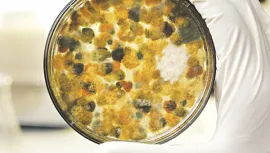
![[Review & Guide] Olmas OS-300: The New Humidity Control "Warrior" for Medium to Large Warehouses [Review & Guide] Olmas OS-300: The New Humidity Control "Warrior" for Medium to Large Warehouses](https://deair.com.vn/thumbs/news/huong_dan_su_dung_may_olmas_21/[270x153-cr]vtm06440.png)